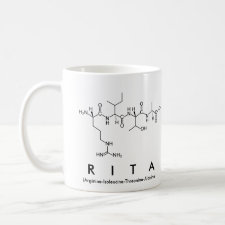
Authors: Pardeshi S, Patrikar R, Dhodapkar R, Kumar A
Article Title: Validation of computational approach to study monomer selectivity toward the template Gallic acid for rational molecularly imprinted polymer design.
Publication date: 2012
Journal: Journal of Molecular Modeling
Volume: 18
Issue: (11)
Page numbers: 4797-4810.
DOI: 10.1007/s00894-012-1481-5
Abstract: Gallic acid (GA) is important for pharmaceutical industries as an antioxidant. It also finds use in tanning, ink dyes and manufacturing of paper. Molecularly imprinted polymers (MIP), which are tailor made materials, can play an excellent role in separation of GA from complex matrices. Molecular recognition being the most important property of MIP, the present work proposes a methodology based on density functional theory (DFT) calculations for selection of suitable functional monomer for a rational design of MIP with a high binding capacity for GA. A virtual library of 18 functional monomers was created and screened for the template GA. The prepolymerization template-monomer complexes were optimized at B3LYP/6-31G(d) model chemistry and the changes in the Gibbs free energy (Δ G) due to complex formation were determined on the optimized structures. The monomer with the highest Gibbs free energy gain forms most stable complex with the template resulting in formation of more selective binding sites in the polymeric matrix in MIPs. This can lead to high binding capacity of MIP for GA. Amongst the 18 monomers, acrylic acid (AA) and acrylamide (AAm) gave the highest value of Δ G due to complex formation with GA. 4-vinyl pyridine (4-Vp) had intermediate value of Δ G while, methyl methacrylate (MMA) gave least value of Δ G due to complex formation with GA. Based on this study, the MIPs were synthesized and rebinding performance was evaluated using Langmuir-Freundlich model. The imprinting factor for AA and AAm based MIPs were 5.28 and 4.80 respectively, 4-Vp based MIP had imprinting factor of 2.59 while MMA based MIP exhibited an imprinting factor of 1.95. The experimental results were in good agreement with the computational predictions. The experimental data validated the DFT based computational approach
Template and target information: gallic acid, GA
Author keywords: Density functional theory, Gallic acid, hydrogen bond, molecularly imprinted polymer, Template-monomer interactions



Join the Society for Molecular Imprinting

New items RSS feed
Sign-up for e-mail updates:
Choose between receiving an occasional newsletter or more frequent e-mail alerts.
Click here to go to the sign-up page.
Is your name elemental or peptidic? Enter your name and find out by clicking either of the buttons below!
Other products you may like:
 MIPdatabase
MIPdatabase









